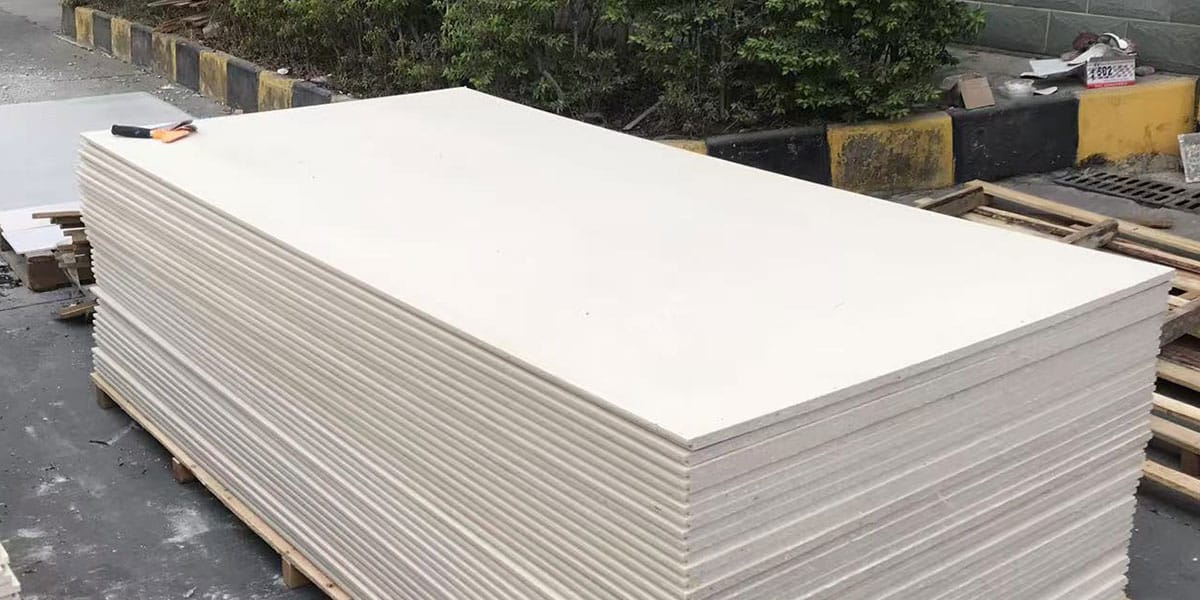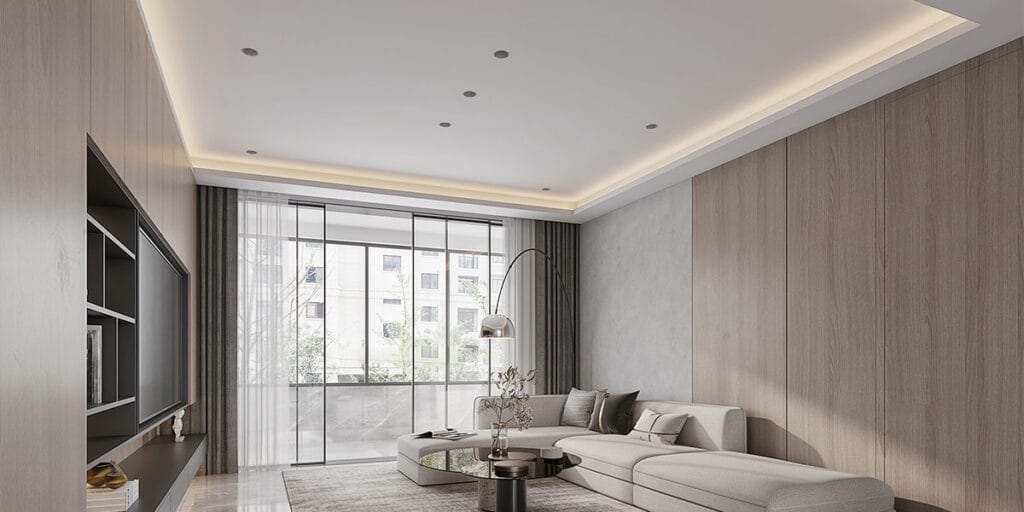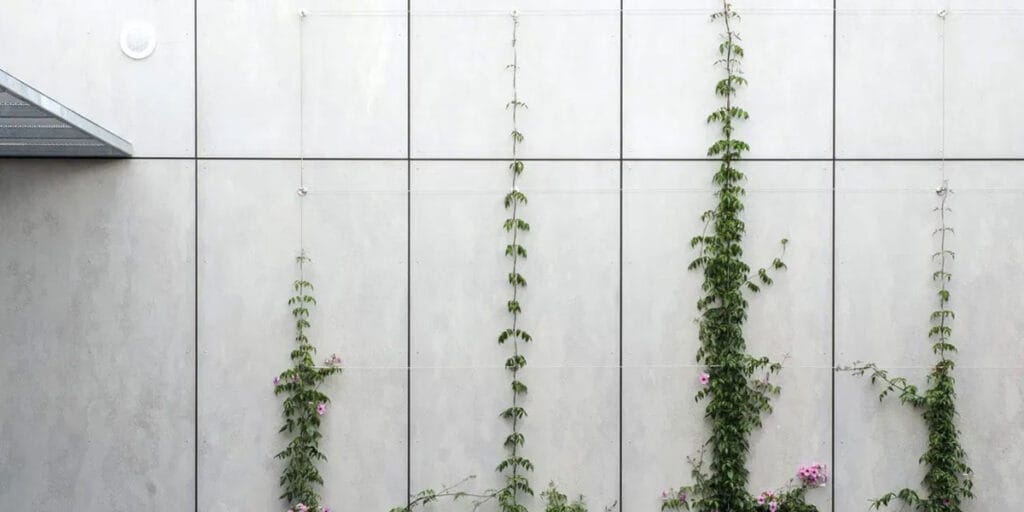
09 May Impact resistant gypsum board vs mgo board
Table of Contents
Comparing Key Features of Two Boards
Explore the differences between impact resistant gypsum board and MgO board.
Features | impact resistant gypsum board | mgo board |
|---|---|---|
Material Composition | Made of gypsum with additives. | Composed of magnesium oxide and other minerals. |
Impact Resistance | Strong against dents and scratches. | Handles heavy impacts effectively. |
Fire Resistance | Moderate fire resistance ratings. | Superior fire resistance, non-combustible. |
Water Resistance | Limited water resistance, can be damaged. | Excellent water resistance, does not warp. |
Mold Resistance | Susceptible to mold growth. | Resistant to mold and pests. |
Installation Ease | Easy to install with standard tools. | Requires special tools and screws. |
Cost | Lower initial cost and installation. | Higher upfront cost but durable. |
Environmental Impact | Sustainability certifications available. | Eco-friendly, made from natural materials. |
When picking between impact resistant gypsum board and MgO board, it’s important to know their differences. These materials are made differently and work well in different situations. You should compare them to pick the right one for your project. For example, impact resistant gypsum board is strong and ideal for busy areas. MgO board is better for places needing fire and water protection. By looking at what each can do, you can choose the best one for your needs.
Key Takeaways
Impact-resistant gypsum board works well in busy places like schools and hospitals. It doesn’t dent or scratch easily, making it strong for walls in crowded areas.
MgO board is great at resisting fire and water. Use it in kitchens, bathrooms, or outside where there’s heat or moisture.
Think about long-term costs. Gypsum board costs less at first, but MgO board lasts longer and needs less fixing, saving money later.
Pick the right board for your project. Gypsum board is good for light use, while MgO board is better for tough jobs needing strength.
Both boards help the environment. Gypsum board helps with green building goals, and MgO board is made from natural stuff and can be recycled.
Material Composition
What is impact-resistant gypsum board made of?
Impact-resistant gypsum board has a gypsum core. Gypsum is a natural mineral made of calcium sulfate dihydrate. Additives are mixed in to make it stronger and tougher. The board is covered with thick paper or fiberglass mats. This adds extra protection against impacts. Some types have a denser core or special fibers. These features help it last longer in busy areas. It’s a good choice for places needing strong, durable walls.
What is MgO board made of?
MgO board, or magnesium oxide board, uses magnesium oxide as its main material. It also includes silicon dioxide, aluminum oxide, and calcium oxide. These materials are mixed to make a strong, fireproof, and waterproof board. Below is a table showing the main ingredients and how they are tested:
Main Ingredients | Testing Methods |
|---|---|
Magnesium Oxide (MgO) | X-ray fluorescence spectrometry (XRF) |
Silicon Dioxide (SiO2) | Atomic absorption spectroscopy (AAS) |
Aluminum Oxide (Al2O3) | XRF and AAS |
Calcium Oxide (CaO) | XRF and AAS |
This mix makes MgO board work well in tough conditions.
Comparing their properties
These two materials have different strengths. Impact-resistant gypsum board is very strong. It works well in places with lots of wear and tear. Its thick core and tough surface make it last in busy spaces. MgO board is great for fire and water resistance. It works well in wet or hot areas. Both are strong, but they are best for different jobs. Pick the one that fits your project needs.
Impact Resistance and Durability
How impact-resistant gypsum board handles stress
Impact-resistant gypsum board is made for busy places. Its thick gypsum core, with added materials and strong paper or fiberglass, stops dents and scratches. It handles bumps well, keeping walls safe from damage. This board works great in schools, hospitals, or offices where walls get hit often. It stays strong even after many hits, making it a good choice for tough spaces.
How MgO board stays strong in tough conditions
MgO board is very strong in hard situations. It is made of magnesium oxide and other tough materials. This mix helps it stay solid under pressure. Tests show it works well in high-impact areas. It changes slightly under heavy loads but stays reliable. The tests also prove its strength with accurate results. MgO board is perfect for places like factories or outdoor spaces needing strong walls.
Comparing their impact resistance
These two boards are strong but work best in different places. Impact-resistant gypsum board is good for homes or offices with less stress. MgO board is better for places needing extra strength and impact resistance. The table below shows their differences:
Material | Durability | Impact Resistance |
|---|---|---|
Magnesium Oxide Board | Stronger | Handles heavy impacts |
Gypsum Board | Less strong | Can get damaged easier |
Pick the board that fits your needs. For tough spaces, MgO board is best. For lighter use, gypsum board works well and costs less.
Fire and Water Resistance
Fire resistance of impact-resistant gypsum board
Impact-resistant gypsum board is good at resisting fire. It goes through strict tests to check how it handles flames. Tests like ASTM E 119 measure how long it stays strong during fire. The results show different levels of fire resistance:
Endurance Level | |
|---|---|
1 hour | Low |
2 hours | Moderate |
3 hours | High |
4 hours | Very High |
Type X gypsum boards have better fire ratings. They are made with special cores to meet safety rules. These boards are a safe choice for places where fires might happen.
Tip: Fire ratings tell you how long a material can resist fire. Use them to pick the right board for your project.
Fire resistance of MgO board
MgO board is excellent at resisting fire. It doesn’t burn and can handle heat up to 1200°C. Depending on its thickness, it can resist fire for 1 to 4 hours. Certifications like EN 13501-1 and ASTM E136 prove its fire safety.
Studies show MgO board is better at fire resistance than drywall or plywood. Here’s a table comparing them:
Material | Fire Resistance Level | Non-combustible | High Temperature Resistance |
|---|---|---|---|
Superior | Yes | Up to 1200°C | |
Drywall | Moderate | No | Lower than MgO |
Plywood | Low | No | Burns easily |
OSB Boards | Low | No | Burns easily |
MgO board is great for places needing strong fire protection.
Water resistance of impact-resistant gypsum board
Impact-resistant gypsum board can resist water but only a little. Its thick core and surface help it handle small amounts of moisture. Long exposure to water can damage it. To make it better, makers add water-repellent materials or use fiberglass mats. This makes it good for areas like kitchens or bathrooms.
For places with lots of water or humidity, you might need waterproofing or MgO board instead.
Water resistance of MgO board
MgO board is great at resisting water. It works well in wet places. Its mix of magnesium oxide and strong materials absorbs very little water. Unlike gypsum or wood, it doesn’t swell or warp when wet. This makes it perfect for bathrooms, kitchens, or outdoor use.
Tests like ASTM methods prove its water resistance. These tests check things like strength and durability. Key results include:
MgO boards resist water better than gypsum or wood.
Strength stays steady in different weather conditions.
It meets or beats water-resistance standards for humid areas.
Using MgO board means your walls will last longer in wet spaces.
Resistance to mold, mildew, and pests
MgO board stops mold, mildew, and pests from growing. Its materials are not organic, so mold can’t grow on it. This is helpful in damp places where other materials fail.
It also keeps pests like termites away. Its hard surface and lack of wood make it unappealing to bugs. These features make it strong and easy to maintain.
For clean and long-lasting walls, MgO board is a smart choice. It keeps spaces healthy and safe in homes, offices, or factories.
Environmental Impact

Sustainability of impact-resistant gypsum board
Impact-resistant gypsum board is checked for sustainability using clear methods. Tools like EPDs and HPDs show its environmental effects. These tools look at its life cycle, from making it to throwing it away. They help you see how it affects the planet. GreenScreen® checks if its chemicals are safe for health and nature. Certifications like LEED and WELL prove it follows green building rules. Picking this board helps your project meet eco-friendly goals.
Eco-friendliness of MgO board
MgO board is eco-friendly because of how it’s made. It uses magnesium oxide, a natural material, which saves non-renewable resources. Making it creates less pollution than other materials. MgO board can also be recycled, cutting down on trash. It lasts longer since it resists mold, pests, and water. This means fewer replacements are needed. These features make it a great choice for green projects.
Comparison of environmental impact
Both boards help the environment in different ways. Gypsum board is good for projects needing certified green materials. Its EPDs and HPDs give clear details about its impact. MgO board is better for long-lasting use and lower emissions. It’s made from natural materials and can be recycled. Choose gypsum board for certified eco-projects. Pick MgO board for durability and less harm to nature. Your choice depends on your project’s green goals.
Installation and Cost
How to install impact-resistant gypsum board
Installing impact-resistant gypsum board is simple and quick. First, measure and cut the board to fit your wall or ceiling. Use a utility knife to score the surface, then snap it along the line. Attach the board to the frame with screws or nails. Make sure they are spaced evenly for strong support. A power drill with a drywall bit makes this easier. After securing the boards, cover seams and screws with joint tape and compound. Let the compound dry, then sand it smooth. Now, your wall is ready for paint or other finishes. This method works for homes and offices.
Tip: Wear safety goggles and a dust mask to stay safe from dust.
How to install MgO board
Installing MgO board is similar but needs extra care. Cut the board using a carbide-tipped blade or MgO cutter. Attach it to the frame with corrosion-resistant screws. Regular screws might not hold well. Pre-drill holes to avoid cracks during installation. Like gypsum board, tape and finish the seams with joint compound. MgO board’s water resistance means you can skip waterproofing steps. This makes it great for wet areas like bathrooms or kitchens.
Note: Use a dust extractor when cutting MgO board to reduce fine particles.
Comparing costs of the materials
Impact-resistant gypsum board costs less upfront. It’s easy to find and uses standard tools, keeping labor costs low. MgO board costs more because it resists fire and water better. Installing MgO board may cost slightly more due to special tools and screws. However, it lasts longer and needs less maintenance. This makes it a smart choice for wet or high-impact areas.
Material | Initial Cost | Installation Cost | Long-term Cost-effectiveness |
|---|---|---|---|
Impact-resistant Gypsum Board | Lower | Lower | Moderate |
MgO Board | Higher | Slightly Higher | High |
Pick the material that fits your budget and project needs. For cheaper projects, gypsum board is a good option. For durability and savings over time, MgO board is worth it.
Long-term cost-effectiveness
When thinking about long-term costs, look at durability and upkeep. Both impact-resistant gypsum board and MgO board have benefits that affect their value over time.
Impact-resistant gypsum board
Impact-resistant gypsum board is cheaper at first and easy to install. It works well in places with less wear and tear. But in busy areas, it might need repairs or replacements. Over time, these extra costs can add up. Still, its low price makes it a good choice for spaces with fewer impacts.
Tip: Use impact-resistant gypsum board in places with light use to save money.
MgO board
MgO board costs more upfront but lasts longer. It resists fire, water, and pests, so it needs less fixing. This saves money on repairs and replacements. It’s great for wet or busy areas because it stays strong. Over time, its durability makes it worth the higher price.
Comparison table
Feature | Impact-resistant Gypsum Board | MgO Board |
|---|---|---|
Initial Cost | Lower | Higher |
Maintenance Costs | Moderate | Minimal |
Replacement Frequency | Higher | Lower |
Lifespan | Shorter | Longer |
Key takeaway
If you want to save money now, pick impact-resistant gypsum board. If you want fewer repairs and long-term savings, choose MgO board. Match the material to your budget and needs for the best value.
Applications

Best places to use impact-resistant gypsum board
Impact-resistant gypsum board is great for busy areas. Use it in schools, hospitals, and offices where walls get hit often. It resists dents and scratches, making it perfect for hallways, classrooms, and waiting rooms. At home, it works well in playrooms or garages where bumps happen. If you need a strong and affordable option, this board is a good pick.
Tip: Choose impact-resistant gypsum board for spaces needing strength at a low cost.
Best places to use MgO board
MgO board is perfect for places needing fire and water protection. Use it in kitchens, bathrooms, or outdoor spaces where it might get wet. Its fireproof feature makes it great for factories or commercial kitchens. It’s also strong enough for warehouses and other high-impact areas. For tough conditions, MgO board is the best choice.
Note: MgO board is ideal for spaces needing long-lasting strength and safety.
Which is better for homes, businesses, or factories?
These boards work well in different places. At home, gypsum board is cheaper and good for living rooms or garages. MgO board is better for bathrooms, kitchens, or patios because it resists water. In offices or stores, gypsum board is a good fit. MgO board works better in restaurants or clinics needing fireproof walls. Factories and warehouses need MgO board because it’s strong and handles tough conditions.
Environment Type | Impact-resistant Gypsum Board | MgO Board |
|---|---|---|
Residential | Playrooms, garages | Bathrooms, kitchens |
Commercial | Offices, retail stores | Restaurants, clinics |
Industrial | Less suitable | Factories, warehouses |
Key takeaway: Pick the right board based on the place and its needs.
Picking between impact-resistant gypsum board and MgO board depends on your needs. Gypsum board is cheaper and works well in areas with light use. MgO board is better for places needing fire and water protection. It’s great for wet or tough spaces.
Studies show MgO board can act differently in humid places. For instance, research in Denmark found moisture damage in buildings using MgO boards. Repairs were expensive because the boards weren’t tested enough. This shows why checking materials and conditions is important before choosing.
Think about your budget, how strong the material needs to be, and the environment. Gypsum board is good for saving money. MgO board costs more but lasts longer in hard conditions. Pick the one that fits your project best.
FAQ
What makes impact-resistant gypsum board different from MgO board?
Impact-resistant gypsum board is strong and affordable for busy areas. MgO board resists fire, water, and pests, making it great for wet or tough spaces. Pick the one that fits your project’s needs.
Can MgO board and gypsum board be used the same way?
No, they are made for different uses. Gypsum board works well in dry places and costs less. MgO board is better for areas needing fire and water protection, like kitchens or bathrooms.
Which board is kinder to the environment?
MgO board is more eco-friendly because it uses natural materials and can be recycled. Gypsum board also supports green building but might need replacing more often, which adds waste.
How is installing MgO board different from gypsum board?
Both boards install similarly, but MgO board needs special screws and pre-drilling to avoid cracks. Gypsum board is easier to cut and faster to install for simple projects.
Which board works best in wet places?
MgO board is best for wet areas because it resists water and mold. Gypsum board can handle small amounts of moisture but may get damaged in very wet spaces without extra waterproofing.
